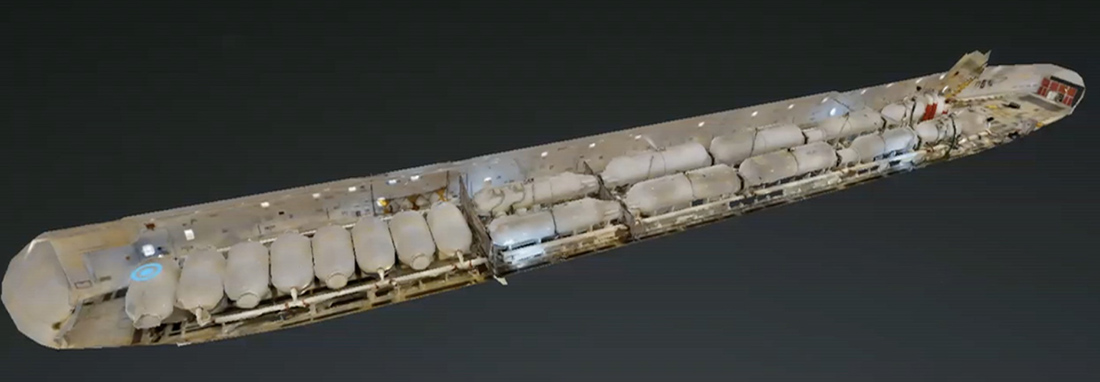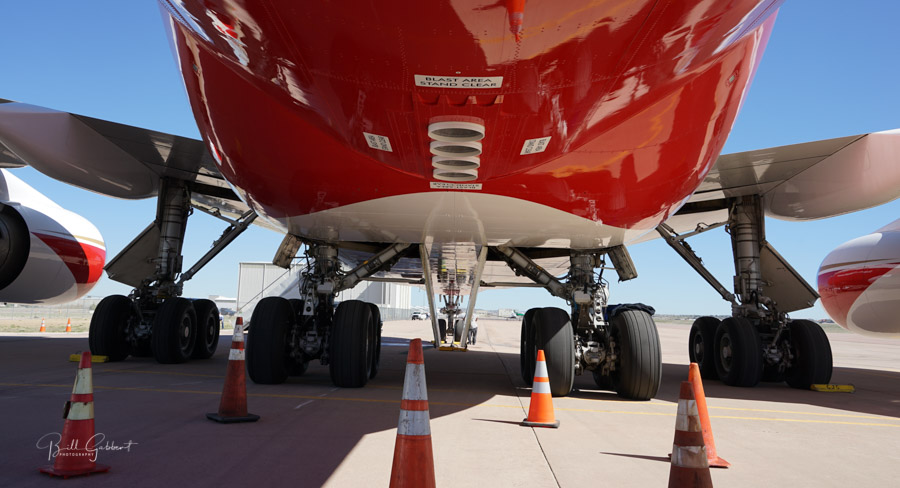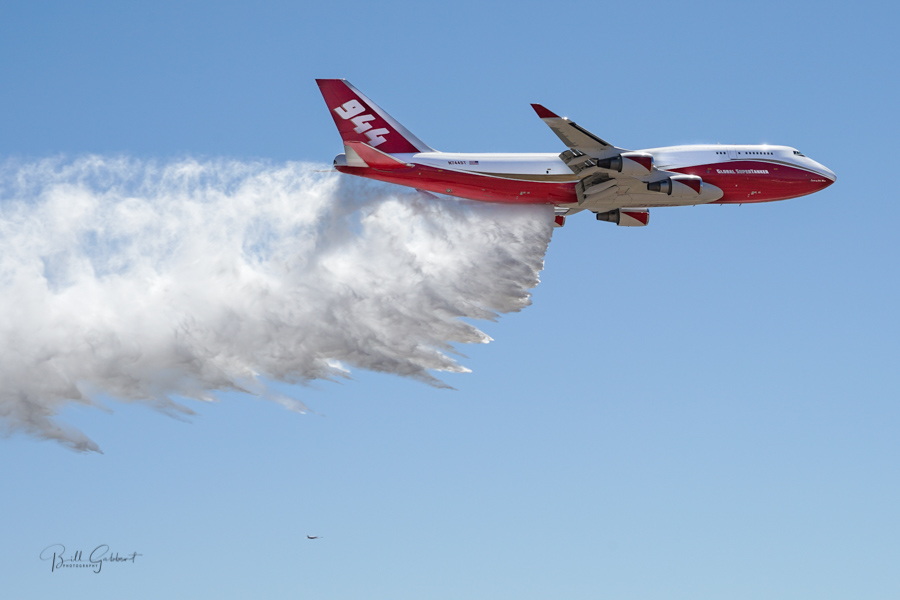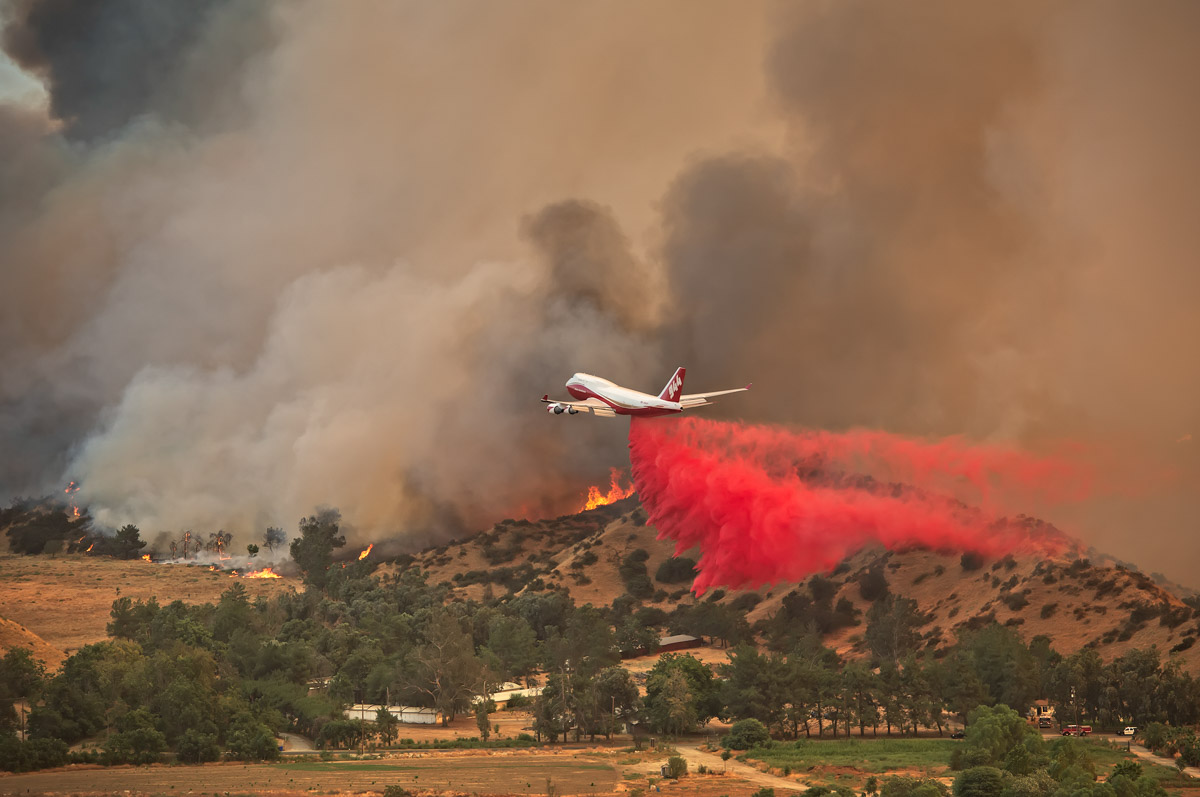5:11 p.m. PDT Sept. 3, 2021

A company that provides aircraft for lease has purchased the retardant delivery system (RDS) formerly in the 747 Supertanker. Logistic Air is now the owner of the tanking system that for years had interim approval by the federal government’s Interagency Airtanker Board (IAB) to be used in an air tanker.
Global Supertanker’s recently modified website proudly proclaims “Returning to Service in 2022.”

Many of the photos of aircraft on Logistic Air’s website are 747s, but they provide wide-body and narrow-body passenger and cargo aircraft for world-wide operations.

The SuperTanker’s RDS is comprised of approximately 20 tanks that hold retardant and enough compressed air to pump the retardant out of the four nozzles that were in the belly of the huge aircraft. At various times the air tanker had interim certification by the IAB to carry 20,000, 19,200 and 17,500 gallons of retardant. The IAB and the US Forest Service appeared to bend over backwards to find reasons to not issue full approval to the aircraft and the RDS.

Earlier this year the SuperTanker’s drop controlling system and other components were significantly modified to improve the delivery of retardant, including metering the volume dispersed based on the ground speed of the aircraft. It then went through dozens of tests on the ground. The operators were waiting for it to be scheduled for the IAB’s grid or cup test which measures the amount of retardant that hits the ground over a large grid. But before that took place, the owner, Alterna Capital, shut down the company and sold the aircraft and the RDS to two companies. The 747 was purchased by National Airlines to be used as a freighter, and Logistic Air bought the RDS.

A person at Alterna Capital who was not authorized to speak for the company told Fire Aviation that Global Supertanker had approximately two dozen employees and contractors when the doors closed and none of them are working for the new owners at this time. The person said Alterna “will support Logistic Air in any way we can.”
Calls to Logistic Air were not immediately returned.
UPDATE at 6:27 p.m. PDT Sept. 3, 2021
After this was published we received a call from a person at Logistic Air who asked to remain anonymous. They confirmed that the company plans to install the RDS in a nose-loading 747-200 when the aircraft completes maintenance after the first of the year. The aircraft itself will have to be modified, of course, to enable loading retardant and compressed air, and the plumbing and belly nozzles need to be installed. Then they will schedule a grid test, which they are confident it will pass. The final and most important step is applying for and receiving a new contract from the US Forest Service, no easy feat. We were told that some of the former employees of GlobalSupertanker are expected to work with the new organization.

Thanks and a tip of the hat go out to Rick.











